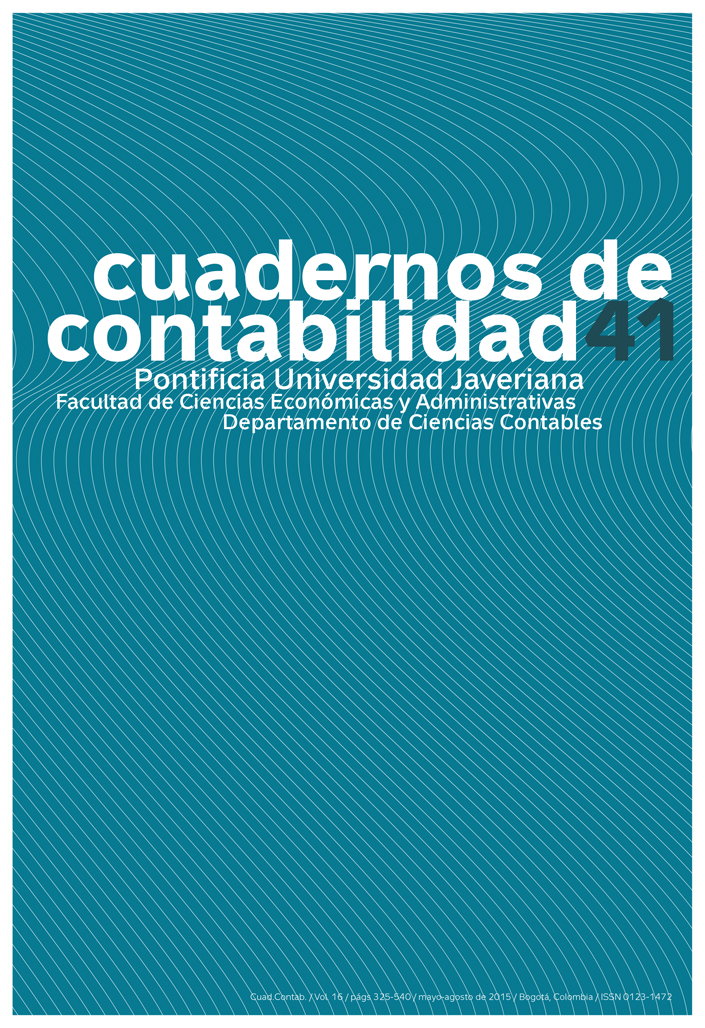Resumen
En este estudio, analizamos si las fusiones disminuyen el costo de capital en las empresas públicas de México. Para ello se parte de una muestra formada por empresas de diversos sectores que componen el Índice de Precios y Cotizaciones (IPC) que realizaron una operación de adquisición aprobada por las autoridades mexicanas en los años 2010 y 2011. Para estimar el costo de capital se utilizó el CAPM tradicional y el D-CAPM, el cual considera una métrica de riesgo a la baja. Ambas estimaciones se realizaron 3 años antes y 3 años después de la adquisición con dos métodos de medición: Mínimos Cuadrados Ordinarios y Regresión Borrosa. Los resultados muestran la ventaja del modelo de regresión borrosa sobre mínimos cuadrados ordinarios, principalmente en períodos con mayor incertidumbre. Además, considerando las estimaciones del modelo D-CAPM, podemos concluir para las empresas de la muestra que existe una posibilidad entre 0.62 y 0.65 de reducción del costo de capital después de la fusión.
El aval sobre la intervención de la obra (revisión, corrección de estilo, traducción, diagramación) y su posterior divulgación se otorga mediante una licencia de uso y no a través de una cesión de derechos, lo que representa que la revista y la Pontificia Universidad Javeriana se eximen de cualquier responsabilidad que se pueda derivar de una mala práctica ética por parte de los autores. En consecuencia de la protección brindada por la licencia de uso, la revista no se encuentra en la obligación de publicar retractaciones o modificar la información ya publicada, a no ser que la errata surja del proceso de gestión editorial. La publicación de contenidos en esta revista no representa regalías para los contribuyentes.


